6. Midnight (1939)
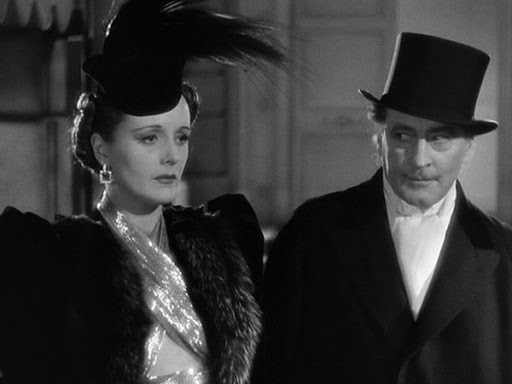
Film scholars have branded 1939 as the greatest year in motion picture history. And with good reason. Movies like Gone with The Wind and The Wizard of Oz were just two of the many titles released that year which went on to become renowned classics. Though Midnight may have been eclipsed by these more grandiose productions, the fractured Cinderella story still deserves to be mentioned and heralded as a movie milestone of this celebrated year.
While crashing a socialite party in Paris, destitute showgirl Eve Peabody (Claudette Colbert) poses as a baroness and finds herself aiding a wealthy millionaire (John Barrymore) with his scheme to break up an impeding affair between his wife (Mary Astor) and a charlatan. More convolution ensues, however, when Eve is pursued but a love struck taxi driver (Don Ameche) she met earlier that evening.
The film’s sharp-witted screenplay, by Billy Wilder and Charles Brackett, delivers on the laughs and Colbert and Ameche make delightful protagonists. John Barrymore may have been struggling with his alcoholism during filming but his performance as a put-upon husband is a particular comic stand out. Midnight is an aesthetically lovely (director Mitchell Leisen was an also an art director), beautifully acted and unabashedly funny romp.
7. His Girl Friday (1940)
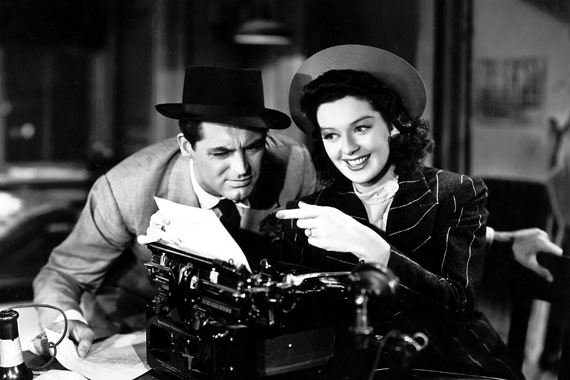
The Front Page had been a hit play on Broadway in 1928 and has since been adapted to film multiple times through the years. While other screen adaptation were more faithful to the source material, none achieved the immense success of Howard Hawks’ version, His Girl Friday. Significant changes, including the gender of a lead character and the addition of a romantic subplot, were made but the spirit and energy of the play were left joyfully intact.
Newspaper editor Walter Burns (Cary Grant) is on the verge of losing his best reporter Hildy Johnson (Rosalind Russell) when she decides to quit in order to marry her nebbish fiance’ Bruce Baldwin (Ralph Bellamy). Hildy also happens to be Walter’s ex-wife and he is not ready to give her up. Prepared with an arsenal of tricks, Walter will stop at nothing to win Hildy back, both professionally and romantically.
The lightning fast, overlapping dialogue is a trademark of the film. Credited as being one of the first to use this line delivery method, the result is nothing short of impressive. It is rumored that there are roughly 240 words spoken per minute! Grant continues to show his flair for screwball and Russell, who was not one of the original choices for the role, makes an assertively funny sparring partner. Much like its newsroom setting, His Girl Friday moves at break neck speed and the laughs come equally as fast.
8. The Lady Eve (1941)
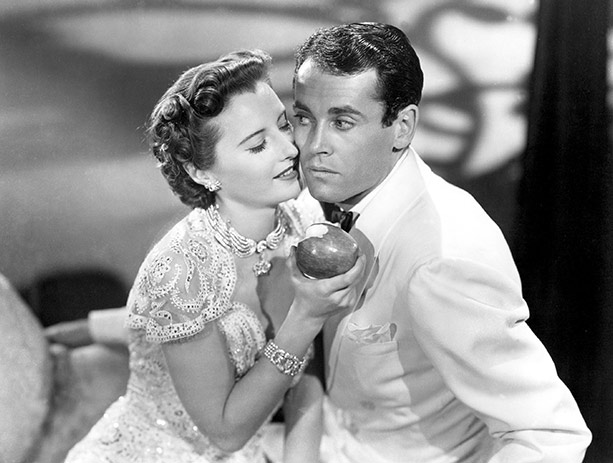
No other writer/director mastered the genre of screwball quite like Preston Sturgess. He was a vigorous talent with a knack for crisp, funny dialogue and a visual flair for comedy. Though his career eventually stalled, he left his indelible mark on the genre with classics like The Miracle of Morgan’s Creek, Sullivan’s Travels and his masterwork, The Lady Eve.
While returning home from a scientific expedition in the Amazon, shy and bookish Charles Pike (Henry Fonda) meets and falls in love with the alluring Jean Harrington (Barbara Stanwick). But when Charles discovers Jean is part of a team of con artists he quickly breaks things off. Having genuinely fallen for Charles, Jean is heartbroken and angry but plans to get even with him by posing as a wealthy British woman, the Lady Eve, in order to frustrate and torment him.
The film is sexy and funny and Stanwick and Fonda are as adept at comedy as they are with their serious work. However, what sets The Lady Eve apart from its contemporaries is the fluid way Sturges’ screenplay weaves sophistication into its comedic sensibilities. Preston Sturgess finely honed this aesthetic in many of his films but none with more humorous zeal than The Lady Eve.
9. The Palm Beach Story (1942)
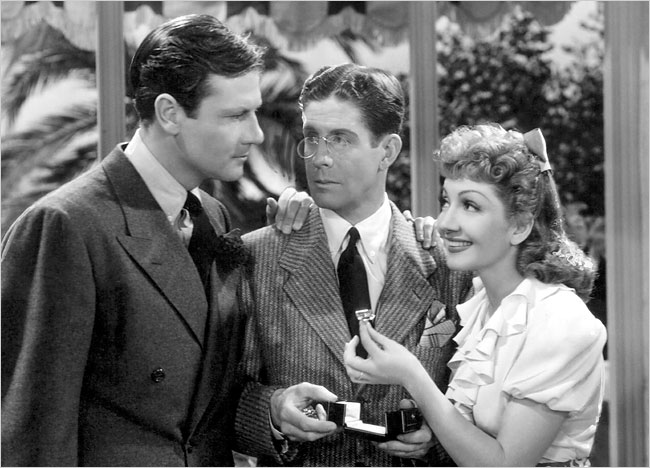
The tribulations of love and marriage have always been reliable comedic fodder. Preston Sturges’ The Palm Beach Story takes this time-honored trope to all new and hysterically funny level. The master of screwball, however, struggled with the Hayes Office and their view that the screenplay made “light treatment of marriage and divorce”. It is a tribute to Sturges that, even with imposed alterations, he was able to fashion a sassy and furiously funny screenplay.
Inventor Tom (Joel McCrea) and his caring wife Gerry (Claudette Colbert) are a married couple struggling with financial woes. With good intention, Gerry decides to divorce Tom and head to Palm Beach. Her unconventional plan is to meet and marry a rich man who could then help in funding her husband’s most current invention. Matters get complicated however, when Tom follows Gerry to Florida resulting in expectedly funny tribulations.
Joel McCrea is the straight man here but the rest of the cast takes the comedy by the reigns. Claudette Colbert is luminous and Mary Astor and Rudy Valle nearly steal the film with their earnestly hilarious performances. Zanier than some of his other work, The Palm Beach Story still sizzles with Sturges’ trademark wit and style.
10. Some Like It Hot (1959)
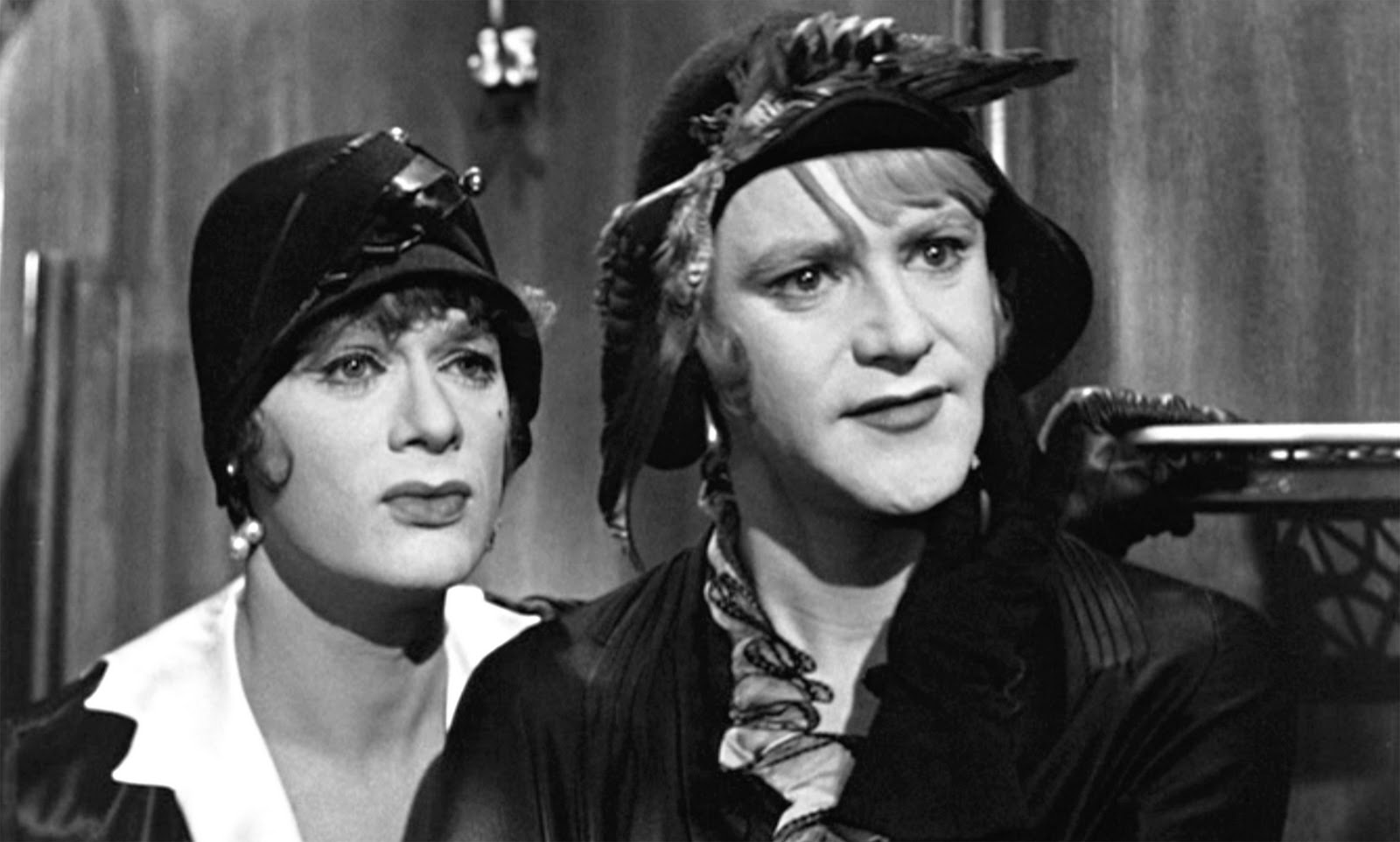
Billy Wilder proved to be one the most versatile directors to achieve iconic status. Never one to be boxed in, he was adept at lensing every kind of genre, from human dramas to noir potboilers to effervescent comedies. He struck gold on the latter with Some Like It Hot.
The classic farce features Tony Curtis and Jack Lemmon as two down and out musicians who, after witnessing a mob murder, disguise themselves as women in an all-female band in order to escape certain death. Befriending a beautiful blonde ukulele player (Marilyn Monroe) while trying to keep up their gender charade proves more complicated than they expect.
The film is breezy and hilarious, never afraid to play up its comic sensibilities. It packs a confident comedic wallop but also wraps themes of gender and sexuality into an arresting, and for its time, surprisingly progressive package. The performances, especially by the three leads, are pure joy. Curtis is dapper and suave, Lemmon is relentlessly hilarious and Monroe is both warm and funny (belying her notorious insecurity, which plagued much of the filming).
From the snappy opening of the film to its classic final line uttered by the great Joe E. Brown, Some Like It Hot is the epitome of classic comedy done right.